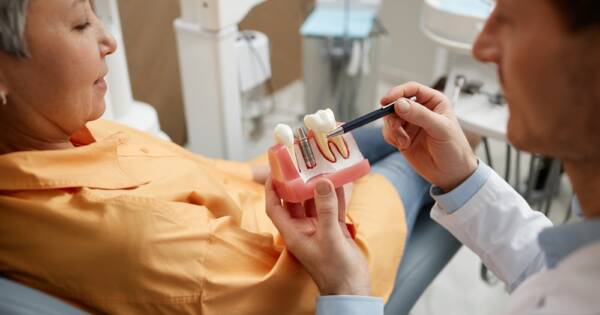Hair thinning or loss can be frustrating, but a transplant isn’t your only option. There are several effective methods to promote natural hair growth, from topical treatments and lifestyle changes to advanced therapies like PRP and laser treatments. By nourishing the scalp, stimulating follicles, and addressing underlying causes, you can encourage thicker, healthier hair without surgery. Explore proven techniques to regrow hair naturally and enhance overall scalp health for lasting results.
What Are the Options for Hair Growth Without Transplant?
Various options exist for individuals seeking hair growth without resorting to surgical procedures. Topical treatments, such as minoxidil, have gained popularity for their effectiveness in stimulating hair follicles. This medication is applied directly to the scalp and has been shown to promote hair regrowth in both men and women. Additionally, non-invasive methods like low-level laser therapy are emerging as viable alternatives, utilizing light energy to enhance cellular activity in hair follicles. Another option includes cosmetic solutions like scalp micropigmentation, which creates the illusion of fuller hair by tattooing tiny dots on the scalp. This method is particularly appealing for those who prefer a non-surgical approach to address thinning hair. Each of these options offers unique benefits, catering to different preferences and needs.
Effective Solutions for Stimulating Hair Growth Without Surgery
Several effective solutions are available for stimulating hair growth without the need for surgery. Topical minoxidil remains a leading choice, as it has been clinically proven to encourage hair regrowth by increasing blood flow to hair follicles. This treatment is widely accessible and can be used by individuals experiencing various types of hair loss. Low-level laser therapy devices are also gaining traction as a non-invasive method for hair restoration. These devices work by delivering specific wavelengths of light to the scalp, promoting hair growth through enhanced cellular metabolism. Many users report positive results, making this an increasingly popular option for those seeking alternatives to surgical interventions.
How Topical Minoxidil and Laser Therapy Promote Hair Restoration
Topical minoxidil is a well-researched treatment that promotes hair restoration by revitalizing hair follicles. It works by widening blood vessels in the scalp, which improves blood circulation and nutrient delivery to hair roots. This process can lead to increased hair density and thickness over time, making it a favored choice among those experiencing hair loss. Laser therapy, particularly low-level laser therapy, complements minoxidil by providing a non-invasive approach to hair restoration. This therapy stimulates hair follicles through light energy, encouraging hair growth and improving overall scalp health. Together, these treatments offer a comprehensive strategy for individuals looking to restore their hair without surgical options.
Natural Supplements and Cosmetic Solutions for Thinning Hair
Natural supplements, such as biotin, have gained recognition for their role in supporting healthy hair growth. Biotin is a B-vitamin that contributes to the production of keratin, a key protein in hair structure. Regular intake of biotin can enhance hair strength and promote growth, making it a popular choice for those seeking natural remedies. Cosmetic solutions like scalp micropigmentation provide an immediate visual improvement for thinning hair. This technique involves tattooing the scalp to mimic the appearance of hair follicles, creating a fuller look without surgery. Such options cater to individuals looking for quick and effective ways to address hair loss while avoiding invasive procedures.
Learn More About Hair Growth Solutions
Understanding the various options for hair growth can empower individuals to make informed decisions about their hair restoration journey. From topical treatments and laser therapy to natural supplements and cosmetic solutions, a range of effective methods exists to combat hair loss. Each option presents unique advantages, allowing individuals to choose the best approach for their specific needs and preferences.





